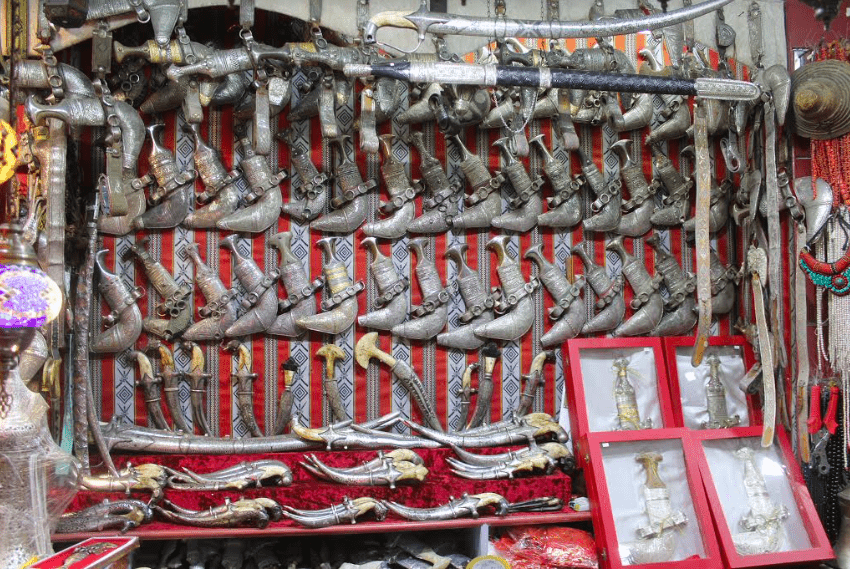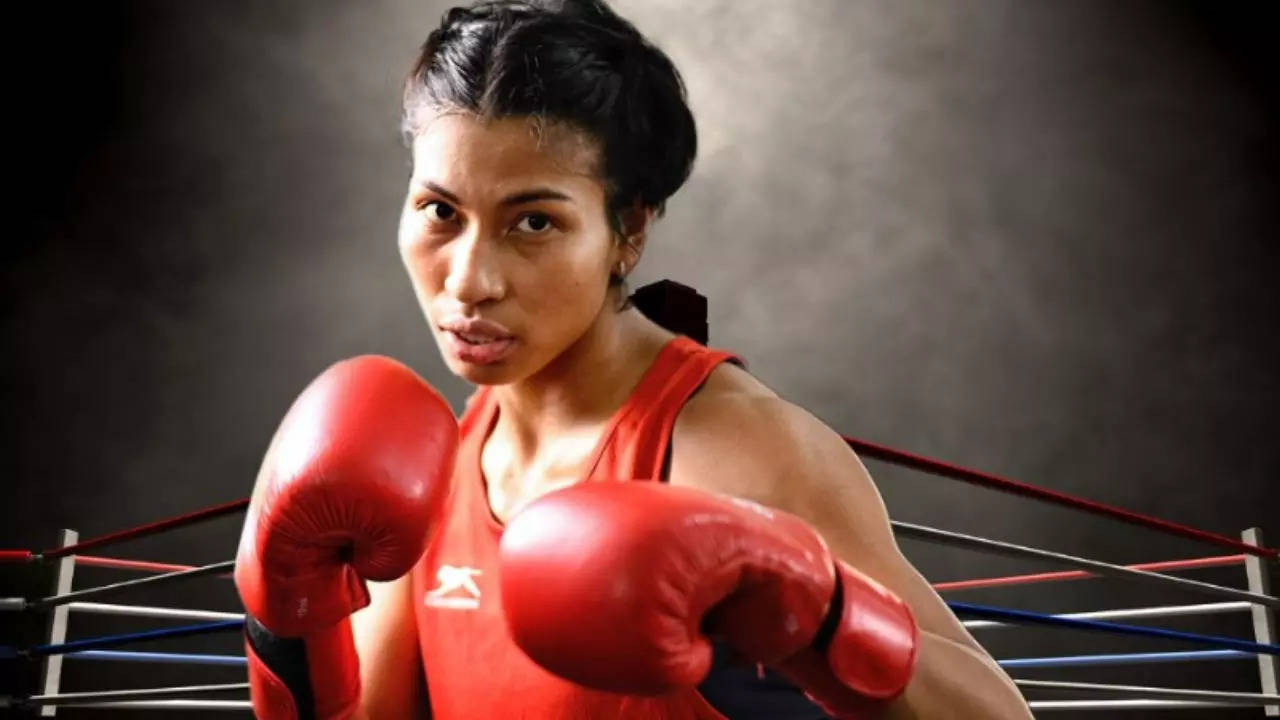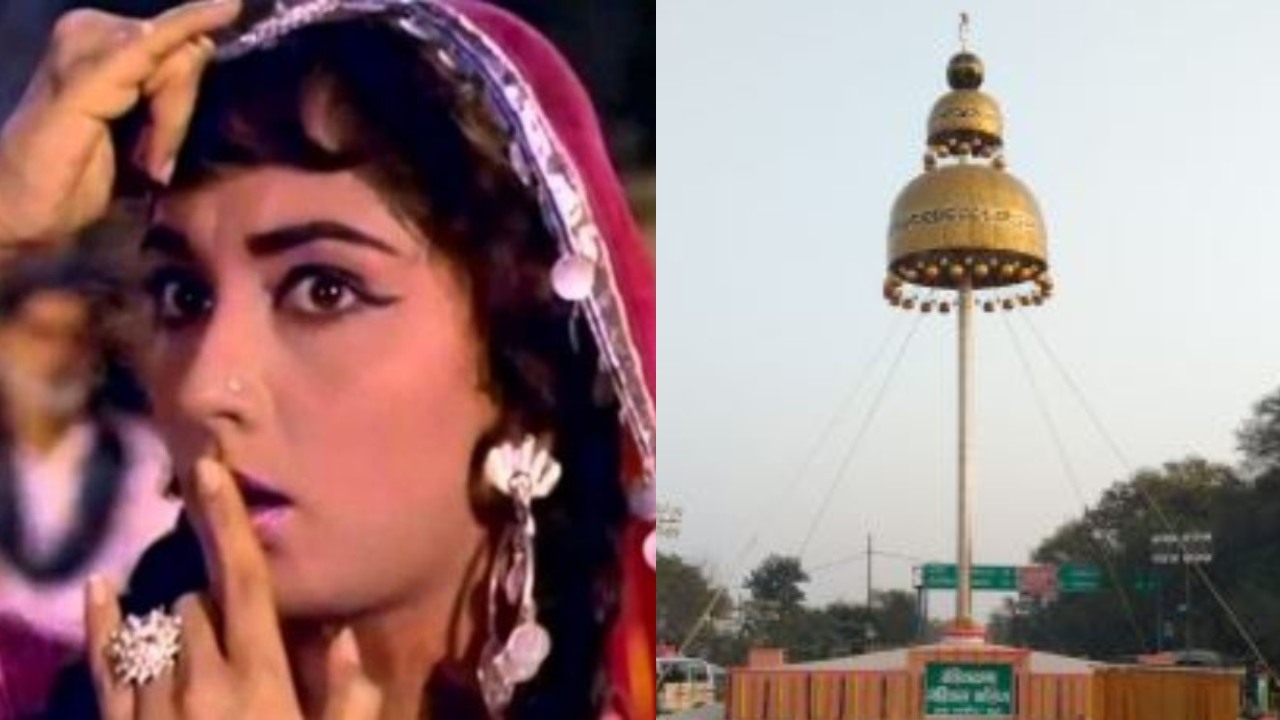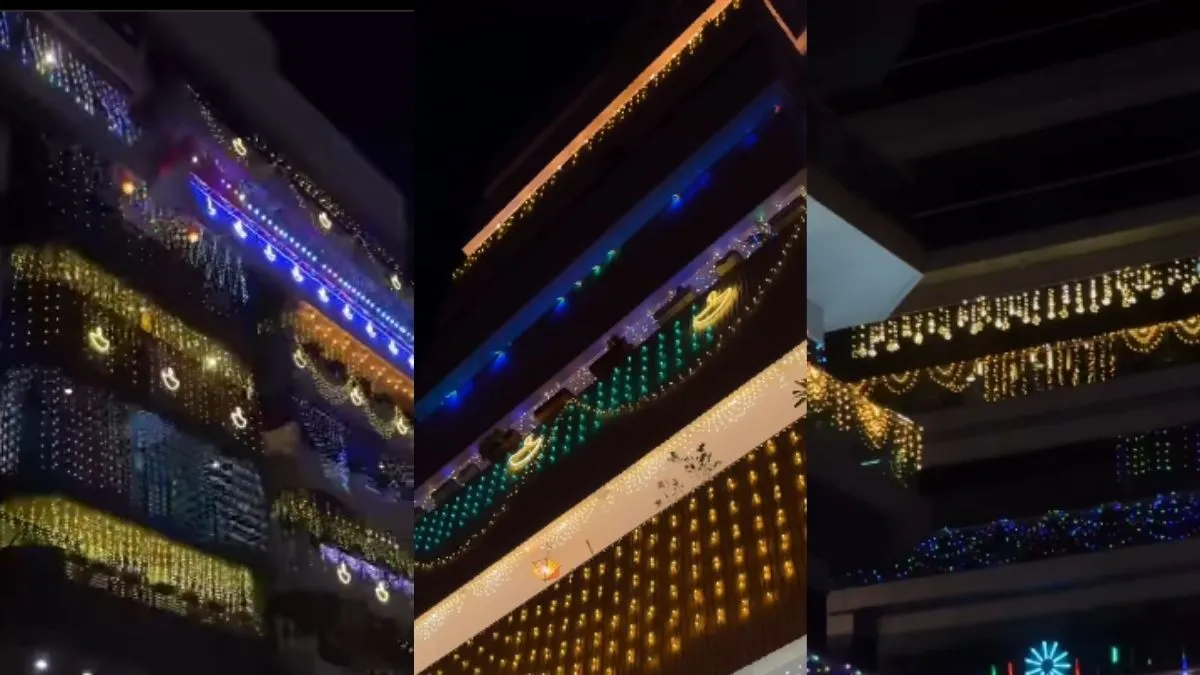Silver jewellery in the Sultanate can be classified into three distinctive regional styles – North Oman, Central Oman and South Oman.
Silver jewellery has always been an important part of traditional Omani attire. Necklaces, bracelets, earrings, anklets, ear pendants, bangles and hair decorations are typical examples of this craft, as well as the famous Khanjar (curved dagger), the national symbol of Oman. Nizwa is famous for the silver souq, where you can find decorative jewellery and Khanjars.
Oman has very rich and distinctive jewellery traditions, and this is due to the nation’s long history of seafaring tradition and trade with other nations. Many influences of other cultures can be seen in Omani jewellery. Oman, in particular, traded with India, and many Omani anklets and bracelets are reminiscent of Indian jewellery. Omani silver jewellery reflects the authentic face of Oman’s ancient civilisation and emphasises the strong ties the Omani people had with other civilisations.
The silver jewellery in the Sultanate can be classified into three distinctive regional styles: North Oman, Central Oman and South Oman. Each region of the country has distinctive jewellery items and traditions. The Sultanate of Oman possessed, and still possesses, some of the most skilled silversmiths in the Arab world. The silver jewellery products which are manufactured in Oman reflect a unique quality and beauty.
Khanjars (Omani dagger), necklaces, anklets, bracelets, hair decorations and earrings all have a unique history. This outstanding craft mainly relies on the local raw materials that the country is famous for. Silver jewellery in the Sultanate is not only designed for women but also for men. For example, the Omani Khanjar which is beautifully designed, men’s rings, swords and sheaths and handles covered with distinctive and amazing inscriptions and shapes.
Oman’s Public Authority for Crafts Industries pays great attention to silver crafts since it is the most prevalent metal industry. So, it arranges many workshops in this field as well as galleries to show the distinctive crafts, in addition to competitions such as the Sultan Qaboos Master Craft Products and Projects competition.
“I derive inspiration from the traditional jewellery of Oman and my goal is to preserve the mystical, spiritual and social symbolism inherent in this traditional jewellery. I work on old designs to give them a contemporary spirit to bridge the gap between the past and the present.”
— Jewellery designer Asma Al Kharusi
Any person who has seen traditional Omani jewellery would definitely like to know about its origin and history. And jewellery designer Asma Al Kharusi is somewhat of an authority on the subject. A management graduate, she has always had a deep desire and interest in studying, collecting and designing traditional Omani silver jewellery and artefacts.
Speaking to PRAVASI SAMWAD about her passion and love for art, Asma says: “Success comes from creating a unique visual language that makes my creations instantly recognisable. A reward does not come quickly in this field; you need to hang on there for a long time. It takes a lot of determination, persistence, and belief in one’s self in order to make it .to the top.
For added emphasis she tells you with a twinkle in her eyes: “I wanted to make jewellery right from the time I was in the cradle.
Asma is designing and trading in Omani silver jewellery and handicrafts under Ibn Saif Trading, her husband’s company, whom she describes as the backbone of her passion for this endeavour.
Her custom jewellery designs have become quite popular among family members and friends. Now, after 30 years, she’s still in the business of handcrafted silver jewellery designs and feels that in way she is able to bring a bit more joy into everyone’s life.
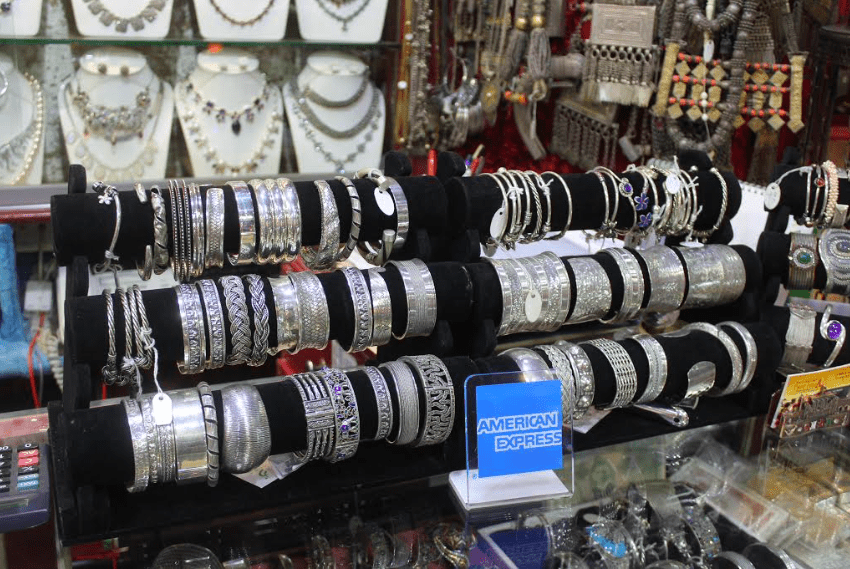
She designs Omani amulet necklace, one of the ubiquitous designs of traditional jewellery; silver bracelet, meant for bold and stylish people; silver cuff, which has a contrasting balance between a modern gloss cuff and traditional intricate Omani silver art; small long stone silver necklace; napkin rings; and Omani earrings.
“I derive inspiration from the traditional jewellery of Oman and my goal is to preserve the mystical, spiritual and social symbolism inherent in this traditional jewellery. I work on old designs to give them a contemporary spirit to bridge the gap between the past and the present,” says Asma.
History says that the coastal region of Oman has had contact with the far corners of the world for centuries due to the sea trade that was conducted between Oman and many other countries such as Zanzibar, Yemen, Persia, Iraq, Greece, Morocco, Egypt and India.
“Some designs used in the jewellery of Rustaq, Sur and Muscat show an influence from these countries. The hoop earrings with large cylindrical beads originate from ancient Syria, while the spiked bracelets and anklets that are made in Muttrah and Muscat are of African origin. Hollow hoop bracelets show Persian influence. Designs in the Dhofar have much in common with Yemeni designs. In modern days, the contact with faraway cultures has become much easier,” Asma says.
On the contrary, the interior of Oman was isolated from the rest of the world for very long. Therefore, the designs used on pieces of jewellery from Nizwa and Bahla are more primitive and unique than those on silver items from the coastal regions.
“I do research on jewellery designs from the interior areas of Oman. It can stir the imagination and lead to the conception of a number of new designs. According to Omani tradition, a circular design indicates unity and eternity, while a spiral denotes progress, a triangle signifies the spirit, the fish design is a symbol of fertility and reproduction, while various hand-shapes promise protection,” Asma says.
She also makes ‘khanjar,’ the traditional dagger of Oman. It is a symbol of manhood, courage and tradition in Oman.
“Khanjar holds great symbolic cultural significance among Omanis. They are a work of art that capture the soul of Oman,” explains Asma.
Asma is an expert in making Royal Khanjars, which are different in the top curves.
The curve of the Omani dagger distinguishes it from daggers elsewhere. The sheath has a right angle bend. Its ornate work is among the finest in Arabia. It can take up to a month to make a quality khanjar and artisans adhere to the regional designs handed down from generations. “Essentially, an Omani dagger consists of three parts — the hilt, the sheath and the blade. But every region has its own variations,” she said.
The scabbard of the khanjar itself is made with extra care. It is decorated with geometrical and floral patterns, and ideally has seven rings, of which two are meant as belt holders. The belt itself is also an intricate piece of work, made with silver thread.
Asma also sells household items, which are designed traditionally and manufactured with modern techniques. She makes exquisitely finished, luxurious wooden jewellery boxes with shimmering natural mother of pearl inlaid followed by lacquer work.
Asma is studying, collecting and designing the traditional Omani silver jewellery and artefacts for the last 30 years.

